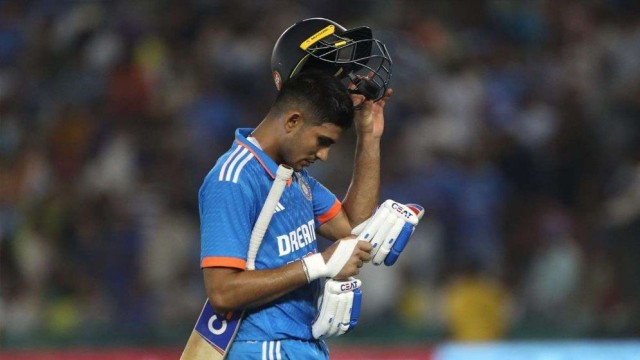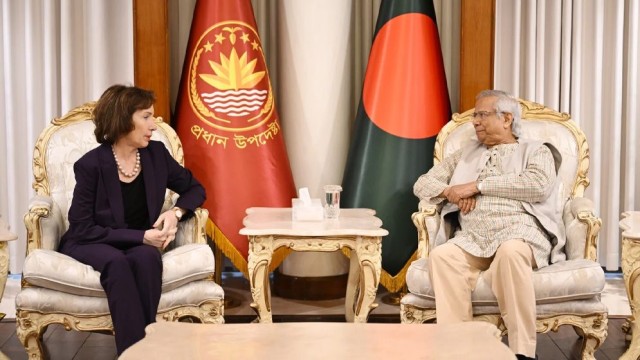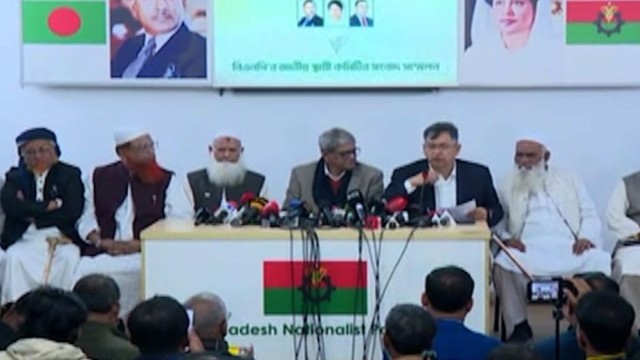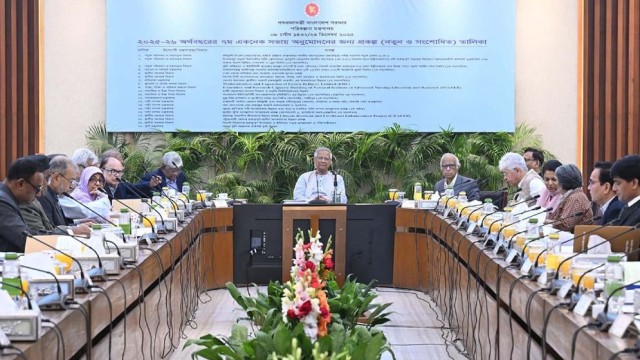The 2024 T20 World Cup has been nothing short of exceptional, marking a significant deviation from its 15-year history where bowlers, rather than batsmen, have taken center stage. The traditional dominance of high-scoring batsmen has been overshadowed by bowlers swinging the bat effectively, turning the tournament into a bowler's game.
Cricket pundits like Michael Vaughan and former Pakistan coach Mickey Arthur have already raised concerns about the World Cup wickets due to the lack of high-scoring matches. Despite these concerns, the current tournament has shown that associate nations can challenge and sometimes defeat cricketing giants through their bowling prowess.
Bangladesh's journey to the Super Eight highlights the prevailing trend. Despite the firepower of their bowlers—Shakib Al Hasan, Mustafizur Rahman, Taskin Ahmed, and Rishad Hossain—their batsmen have struggled. Tanjim Hasan Sakib's victory dance contrasted sharply with Nepal's captain Sompal Kami's disappointment after a narrow loss, showcasing the fine margins dictated by bowling.
The group stage mirrored Bangladesh's struggle, with heavyweights like South Africa, New Zealand, Pakistan, and India facing similar issues. This run drought cannot solely be blamed on the batsmen. Former Pakistan coach Mickey Arthur has termed the World Cup pitches as very poor, while former England captain Michael Vaughan and Wasim Jaffer have criticized them for being more suitable for Test cricket.
However, these critiques overlook the excitement and unpredictability brought by these bowler-friendly pitches. Matches like Bangladesh vs. Nepal, USA vs. Pakistan, and Afghanistan vs. New Zealand have defied pre-tournament predictions, resulting in thrilling high-stakes encounters.
Cricket's globalization efforts by the ICC have historically focused on expanding the game's reach beyond its 12 full members. This World Cup has demonstrated that a level playing field can be created by prioritizing bowlers. This shift has allowed smaller teams to compete fiercely against more established nations. The USA's victory over Pakistan and Afghanistan's triumph over New Zealand are prime examples.
Historically, T20 has been perceived as a batsman's game, with pitches often tailored to facilitate high scores. However, this tournament has reminded us that bowling is equally integral to cricket. Today's hybrid cricket intellectuals may have sidelined the joy of a well-earned wicket in favor of the spectacle of sixes and fours, but the 2024 World Cup has shown the value of a balanced approach.
If pitches that produce 200-run games for batsmen are permissible, why not have pitches that challenge them and produce 100-run games favoring bowlers? This approach not only levels the playing field but also enriches the sport, offering a more comprehensive test of a team's capabilities.
In conclusion, cricket is not the sole domain of 12 elite nations. With 96 associate members, the sport must evolve to embrace diverse strengths, ensuring that every format, including T20, offers a balanced contest between bat and ball. The 2024 T20 World Cup has set a precedent for how the game can grow more inclusive and competitive.































Comment: